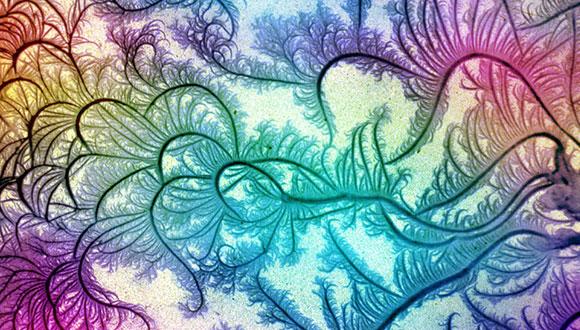סמינר בחומר מעובה: Physical properties of materials at extreme conditions
Eran Greenberg, University of Chicago
Abstract:
The study of the physical properties of materials at extreme conditions (i.e. high-pressure (HP), high-temperature (HT) conditions) has become more widespread in recent years. By reducing the interatomic distances, pressure has a large effect on both the structural and electronic/magnetic properties of materials, resulting in unique new properties and allowing the synthesis of exotic materials not achievable at ambient conditions. Recent advances in the HP-HT theoretical and experimental capabilities have led to some groundbreaking studies allowing to control physical properties of materials such as pressure-induced superconductivity at 203 K in the sulfur hydride system [1], synthesis of super-hard materials with various properties [2, 3], synthesis of high energy density materials [4, 5] and others. HP-HT studies are also important in simulating, both theoretically and experimentally, the conditions in Earth’s (and other planets’) interiors [6, 7], and are therefore useful in the geosciences.
I will discuss these recent achievements in the different realms of HP-HT studies, and the studies which have emanated from them. I will provide examples from my own research in the synthesis of new materials and structural properties of materials at high-pressure conditions, using in-situ x-ray diffraction combined with laser-heated diamond anvil cell experiments. I will also discuss recent developments of technical capabilities in synchrotron radiation techniques, such as powder and single-crystal diffraction, x-ray emission spectroscopy, and in spectroscopic methods such as Raman spectroscopy and laser-ultrasonics, and the possibilities which they will allow in the near future.
[1] Drozdov et al., Nature, 2015
[2] Dubrovinsky et al., Nature, 2001
[3] Gou et al., PRL, 2013
[4] Zhang et al., Journal of Power Sources, 2017
[5] Laniel et al. Journal of Physical Chemistry Letters, 2018
[6] Dubrovinsky et al., Science, 2007
[7] Hu et al., Nature, 2016
מארגן הסמינר: פרופ' ערן סלע


